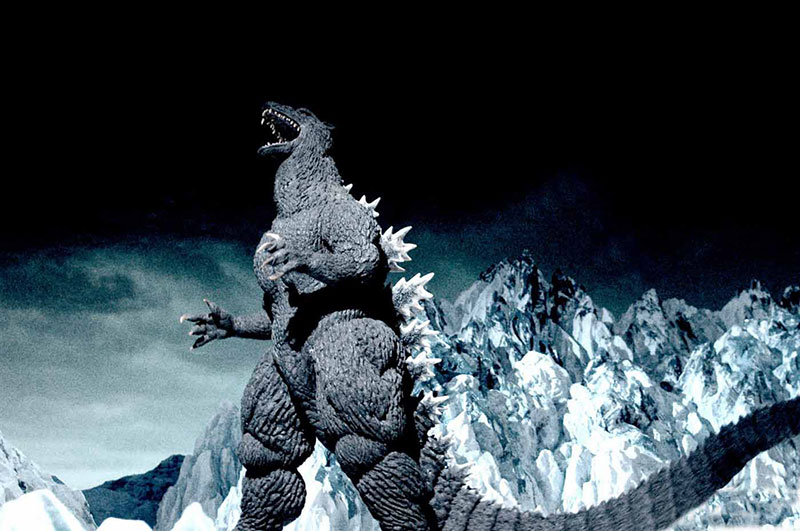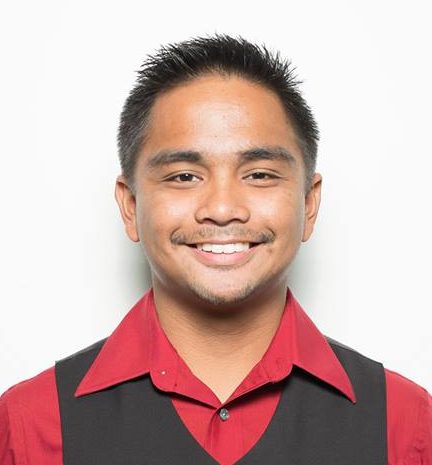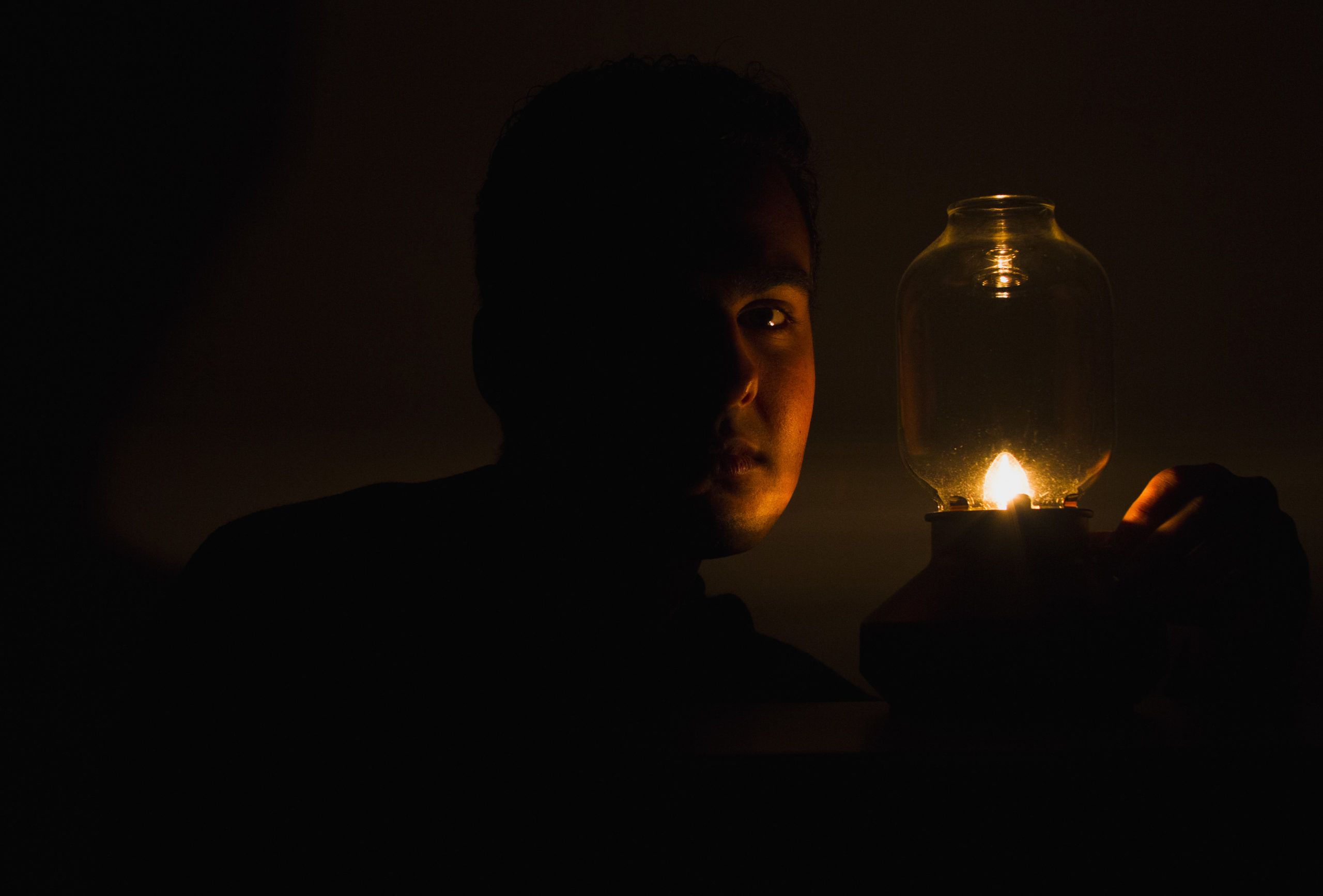
Just ask anyone about Japanese pop culture and Godzilla will almost immediately come up. The word has become a worldwide household name in the past few decades.
Everyone is familiar with the giant laser-breathing lizard, destroying cities and looking more like a guy wearing a rubber suit trampling over scale model buildings. Yet, despite its cheesiness and otherwise campy nature, people still love the spectacle.
In 2004, 50 years worth of that spectacle culminated in what is arguably the biggest film in the entire Godzilla series: Ryuhei Kitamura’s Godzilla: Final Wars.
Prior to this film being announced, Toho Studios revealed that the next upcoming Godzilla movie would be the last one for the foreseeable future, as the studio is taking a hiatus from the popular character and giving America the option to continue on with the series.
Naturally, everyone expected a big film as a temporary sendoff for Godzilla, seeing as the film would be released during the 50-year anniversary of the series. Every fan wanted a film that celebrated half a century of material and iconic films, and Toho obliged in a big way.
Godzilla: Final Wars brings back a rogues gallery of over a dozen of Godzilla’s most formidable foes over the years as well as some of the more obscure monsters. The plot of the film resembles that of Destroy All Monsters from the 60s, which had several monsters attacking various major cities around the world until an alien race intervenes and takes them away.
The aliens reveal themselves as Xilians (a revamped version of alien villains from an earlier Godzilla film), and promise peace and prosperity with the people of Earth. That doesn’t last, however, as the Xilians’ true intentions are revealed, and they unleash every single monster upon the Earth. The only hope lies with Godzilla, who is trapped in the Arctic ice from a battle years ago.
True fans will marvel at the sight of modern day versions of old foes, most notably Gigan and Ghidorah. The fights are fierce and the action is aplenty, making for a thoroughly enjoyable viewing experience.
If there is one complaint I have it’s that every single monster fight, aside from the climactic battle in Tokyo, is over within seconds. Any monster Godzilla comes across on the way to Tokyo is easily beaten faster than they are summoned. The film should have spent more time with the monsters although there’s already enough action as is.
A notable difference with this movie and the ones before is the heavier focus on the human characters. Once most of the Earth is destroyed, a ragtag group of human characters sets out to free Godzilla from the ice to help defeat the monsters.
There is also a human mutant subplot that is connected to the Xilians, but the main thing this gives way for is a lot of hand to hand combat and gunfights between the human characters and Xilians. There is even an intense motorcycle chase between the main protagonist and one of the villains in the first half of the film.
Who would’ve expected that from a Godzilla film?
This film is exactly what it promises to be: a big homage to 50 years of Godzilla adventures. The effects are still a little cheesy, though they have come a long way through the years. The plot is a little convoluted, and the acting is campy.
Many of the monster fights are a little on the short side, and the inclusion of Baby Godzilla was downright unnecessary. And yet, it’s still a fun movie that you can watch and enjoy over and over again.
—
Photo courtesy of Toho Studios.






